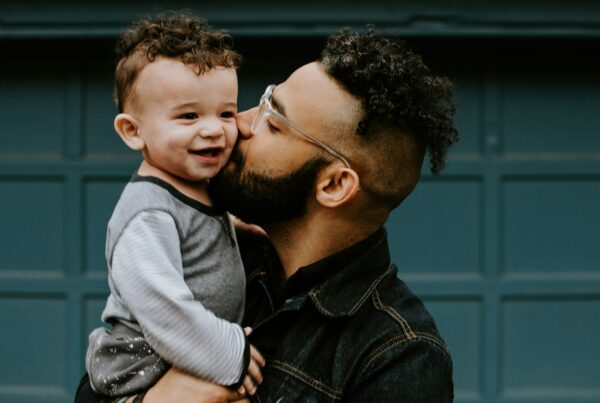“Gratitude” is a choice to look at life through the lens of abundance rather than lack. “Giving Grace” is to allow yourself and others to be God’s work in progress. Since gratitude is a personal choice, we have to give our loved ones grace to arrive at their own conclusions from their perspective. This Thanksgiving season, try out these tips to model gratitude and show grace.
How We Show our Gratitude
Remember what you prayed for-
It takes intentionality to reflect on the journey to become who you are today. Taking a step back can help you better appreciate your present. You can make this part of your daily routine with a gratitude journal or through accountability partners who you feel safe enough to share your experiences with. However you choose to go about it, it all starts with you making that choice to actively seek the good in your life.
Use “Half Full” Language –
You don’t have to lie about the reality of a situation, but your language can frame your perspective on it. Remember to use “glass half full language.” For example, instead of saying “I was rejected from this program” you can say “I didn’t get in the program this time.” Simply adding those two words “this time” is an audible reminder that you can try again or look elsewhere. This can also serve as a reminder that you can be grateful for the knowledge to move on. Lastly, be mindful about how you speak to yourself as much as how you speak to others.
Express Gratitude –
Show your appreciation when something good happens to you no matter how small the deed is. Rather than saying “thank you” as a formality, internally or externally acknowledge how the act somehow was a convenience to you. It’s as simple as taking a few more seconds to think, “wow, that was really nice of them” or looking the individual in the eye when you say, “thank you.” This helps you actively notice the good in your life on a daily basis.
How We Give Grace:
Allow Others to Feel How they Feel –
You might be well into your gratitude journey, but that doesn’t mean everyone else is. When someone is mourning a loss or sacrifice, you don’t have to remind them all what they should be grateful for. It takes away the choice of gratitude and makes it a debt of gratitude. By allowing them to go through the emotional processes they need to, they have the opportunity to genuinely heal for themselves. This is especially true of children in foster care and adoptive children. They may be fortunate to have loving foster or adoptive parents in their lives, but they had to experience loss in order to be in that position.
Earnestly Listen –
Listen to and empathize with stories no matter how high or low the stakes are. It’s easier to understand the importance of empathizing with tragedy or trauma, however, there are other age-appropriate experiences people may stress about. Try to put yourself in their shoes and recall what it was like when finding somewhere to sit in the cafeteria was one of the most anxiety-ridden parts of your day. Showing that you care can also foster trust-building within the relationship, and you get to be a healthy and safe place to decompress.
Be a Source of Encouragement-
You may be the only source of positivity someone gets to experience in their day. When something goes wrong, encourage others that it can get better and they can use healthy coping mechanisms while they’re still frustrated. Try not to dismiss their hurt or frustration with reminders of all that they should be grateful for. Instead, offer hope and they will learn to be grateful in their own time. How you model gratitude may be the best method to instill in them beliefs that they can achieve a life of peace and gratefulness as well.
Thank you for reading until the end of the article! For more resources and tips, check out our blog and donate to help us continue offering resources to help at-risk children and families heal.







